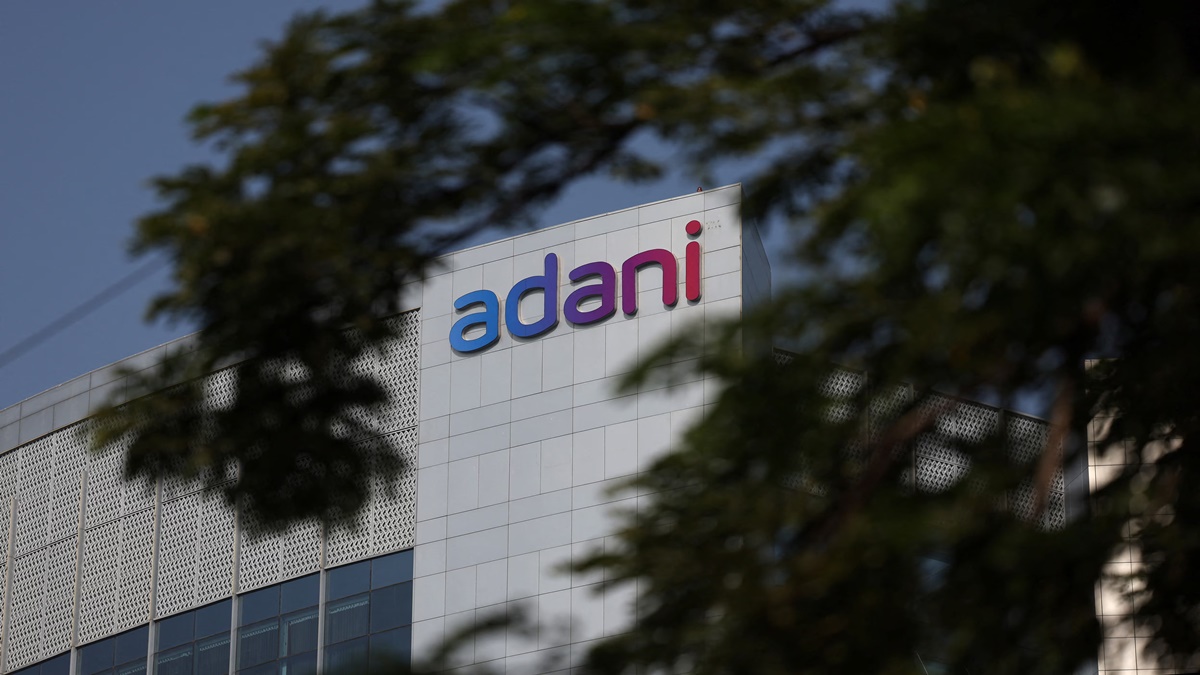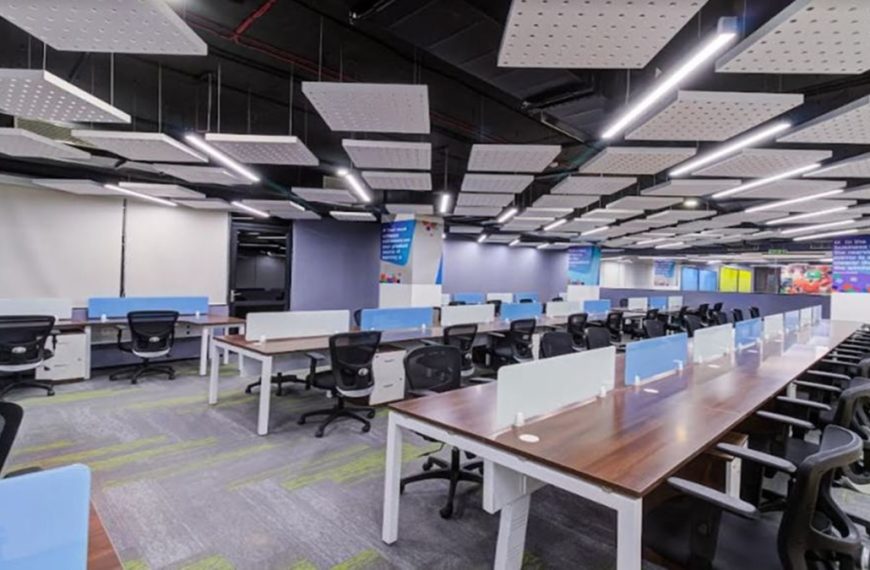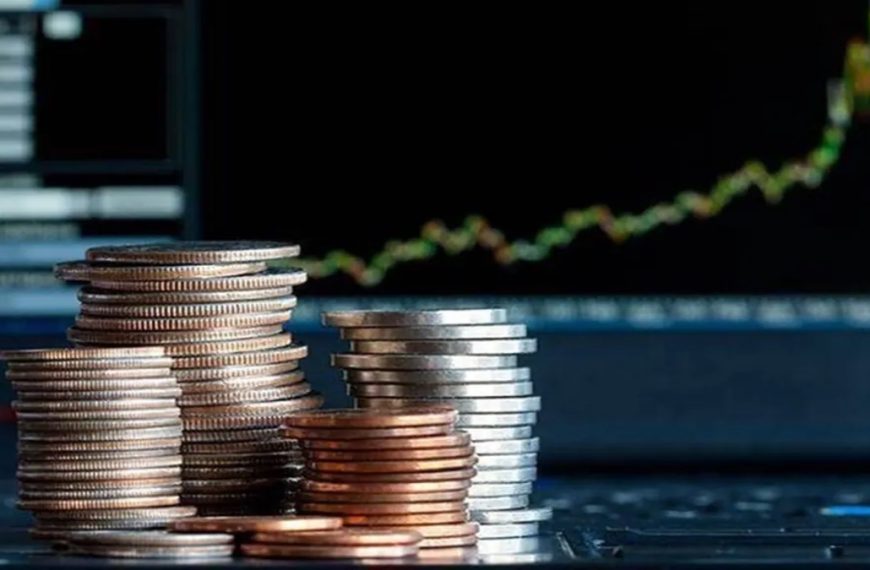In the expansive landscape of Khavda, Gujarat, a remarkable transformation is underway, where millions of solar panels coexist with towering wind turbines. This ambitious venture, known as the Adani Green Energy Limited (AGEL) Khavda Renewable Energy Plant, spans an impressive 538 square kilometers, making it not only one of the largest energy facilities in India but also a significant global player in renewable energy.
A Monumental Investment in Renewable Energy
Valued at ₹1.5 lakh crore, the Khavda project is recognized as the largest single-location renewable energy site worldwide. Positioned near the international border with Pakistan, this facility aims to escalate its operational capacity from the current 2.4 GW to a staggering 30 GW by the fiscal year 2030.
- AGEL’s Vision: The Khavda plant is integral to AGEL’s goal of achieving 50 GW of renewable energy capacity by 2030.
- National Ambitions: India aims for a total of 500 GW in renewable energy capacity by the same year, with Khavda set to play a vital role in this transition.
Strategic Financial Moves to Boost Capacity
According to industry insiders, AGEL plans to allocate $4-5 billion annually for capital expenditures, with Khavda as its flagship initiative. The Adani Group is gearing up to secure this funding soon, ensuring AGEL receives a substantial share to bolster its projects.
- Annual Production Goals: The facility is expected to generate between 5 to 7 GW of wind and solar energy each year, reinforcing its position as a leader in the renewable energy sector.
Recently, AGEL marked a milestone by operationalizing an additional 480.1 MW of renewable energy at Khavda, raising its total operational capacity to 14,217.9 MW.
Khavda’s Impact on India’s Energy Landscape
As of September 2024, India’s overall power generation capacity stands at 453 GW. Once fully operational, the Khavda site will contribute approximately 6.6% to the nation’s energy output. AGEL’s total portfolio is projected to surpass 10%, according to insights from Cantor Fitzgerald, a global brokerage firm.
- Investment in Sustainability: AGEL’s rapid growth aligns with India’s commitment to reducing carbon emissions and achieving net-zero targets, making it an attractive investment opportunity.
Innovations in Energy Production
In its quest for sustainability, Adani is enhancing its renewable energy business through backward integration. The establishment of solar cell and panel manufacturing facilities, along with a wind turbine plant under its subsidiary Adani New Industries, located in Mundra, is a testament to this strategy.
At the Mundra facility, workers clad in safety gear operate amidst advanced robotic technology, overseeing an automated production process. Currently, the plant boasts a capacity of 4 GW, with plans to expand to 10 GW, not only fulfilling Adani’s internal requirements but also catering to external markets.
Strengthening India’s Solar Manufacturing Sector
The growth of India’s solar manufacturing industry is notable, with key players such as Tata Power and Waaree Energies also expanding their capabilities. Tata Power’s TP Solar has launched a 4.3 GW facility in Tirunelveli, Tamil Nadu, with intentions to double production, while Waaree Energies has opened a 5.4 GW solar cell unit in Gujarat.
Union Minister for New and Renewable Energy, Pralhad Joshi, recently announced that India’s solar module capacity is projected to rise from 80 GW to 125 GW by 2030, underscoring the nation’s unwavering commitment to renewable energy.
As the world watches, the Khavda Renewable Energy Plant stands as a beacon of innovation and sustainability, paving the way for a greener future.











